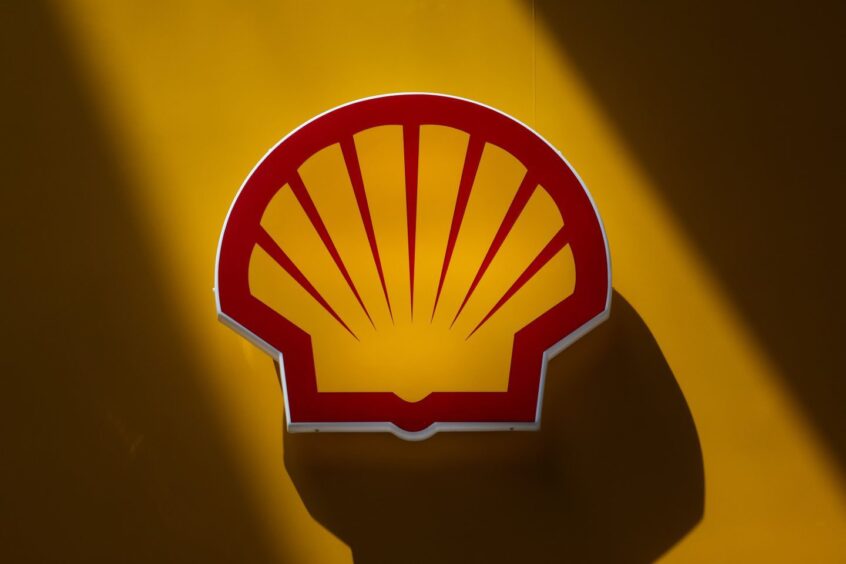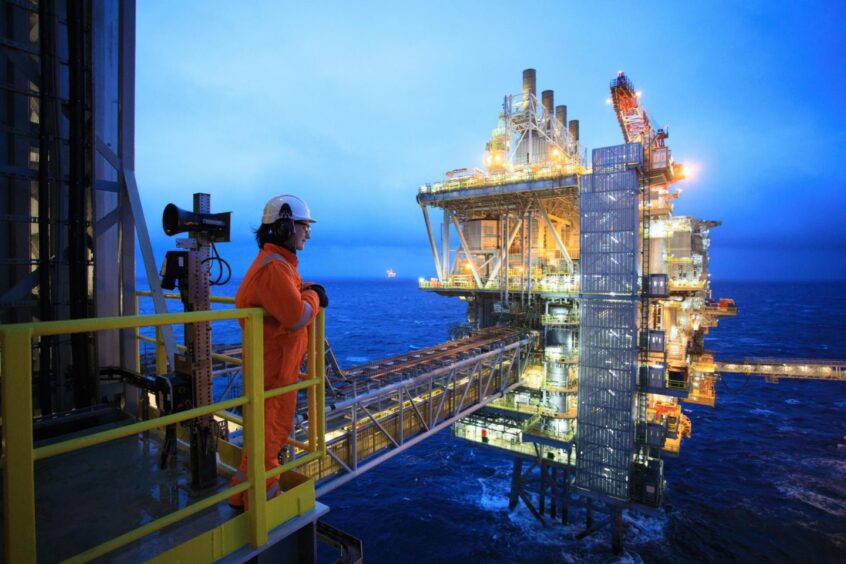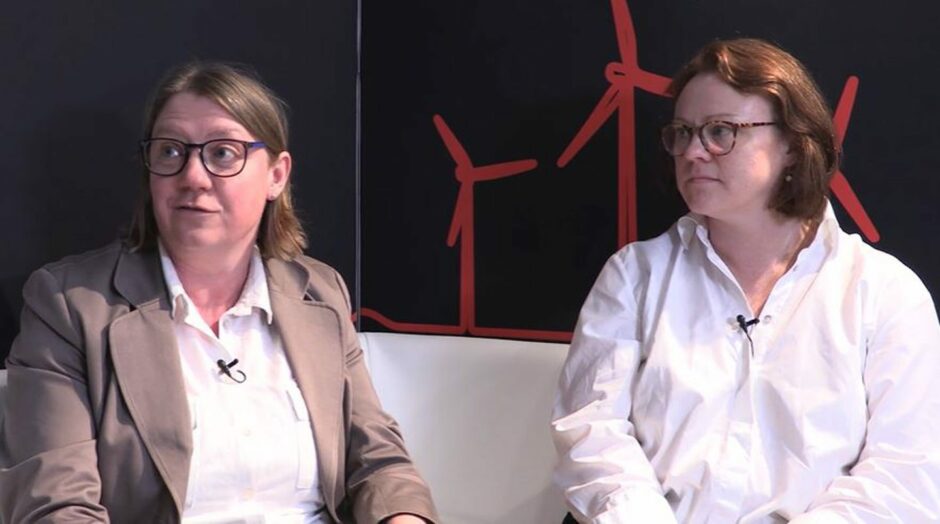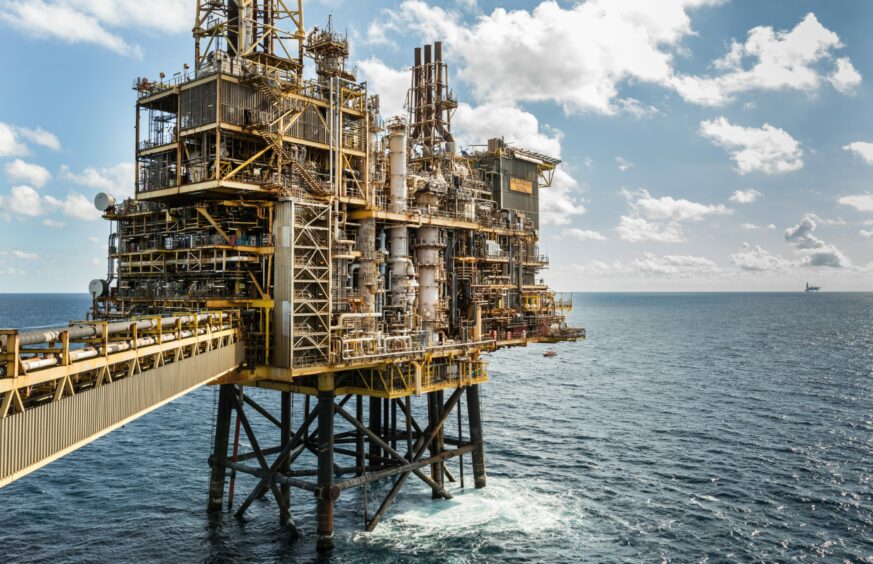
Shell (LON: SHEL) will need as much as one trillion cubic feet of gas from exploration licences in the West of Shetland to “truly whet its appetite”, according to analysis by Wood Mackenzie.
The supermajor secured 11 licences out of 27 issued by the North Sea Transition Authority (NSTA) in a first tranche of awards under the 33rd offshore bid round.
All the acreage offered in the first tranche is situated in the West of Shetland, the Northern North Sea and the Central North Sea.
The NSTA said it prioritised these areas because they have the potential to go into production more quickly than others.
Shell secures West of Shetland frontier blocks
In by far the biggest offer by the NSTA in this tranche, Shell received deep and ultra-deepwater frontier exploration acreage West of Shetland in four licences covering 18 blocks.
The blocks lie over 100 kilometres north of the Clair oil field, which Shell has a 28% non-operating interest in.
According to Wood Mackenzie research director for North Sea upstream Gail Anderson, Shell will be hoping for a large discovery in the “gas prone area”.
“The last well drilled in the area was Siccar Point’s Lyon prospect in 2019 which was dry,” Ms Anderson said.
“Shell’s acreage includes the Tobermory and Bunnehaven gas discoveries which we estimate hold resources of 250 billion cubic feet (bcf) of gas.
“However, it is going to take something much larger – likely in the region of 1 trillion cubic feet in such a frontier area to really whet Shell’s appetite.”
Shell exploration and tieback focus
According to a report from Welligence, while Shell has sought to divest multiple assets including the Cambo discovery, the Mirren and Madoes fields and its Southern North Sea business, it remains focused on both exploration and new, tieback development projects.
Welligence said the awards support this strategy, including exploration acreage West of Shetlands and undeveloped discoveries in the Central North Sea.
“Given this tranche was focused on acreage that has the potential to be fast tracked for production, these awards were dominated by licences that will move straight to second term, typically comprising appraisal drilling and/or the submission of a field development plan,” the report stated.
“Although this first tranche saw a continuation of the collapse in commitment wells, this is more than countered by the relatively significant capital that companies will commit to maturing the undeveloped resources on the acreage offered.
“Both the timescales and risk profile for the bulk of these projects will be favourable compared to more traditional exploration drilling.”
Shell demonstrates frontier commitment
Ms Anderson said by taking on these licences, Shell is demonstrating it still has a commitment to UK exploration in general and frontier exploration in particular.
“And it doesn’t get much more frontier than ultra-deepwater West of Shetland,” she said.
Across the licences it received, Shell has committed to a 100% stake in all the blocks allocated to it except for 204/20d, where BP has joined as a partner.
BP is the operator of the adjacent Schiehallion Area fields, and the company was the only European oil m major not to receive a licence in the first tranche.
Ms Anderson said this demonstrates how the supermajors will continue to lead the way in developing frontier deep and ultra-deepwater basins globally.
In other developments in the region, Athena Exploration received five blocks in addition to its seven blocks West of Shetland.
The company has partnered with new entrant Triangle Energy and Ms Anderson said they will aim to mature prospects and resources which “might entice the likes of Shell in the future”.
Central North Sea
The Central North Sea has also proved to be an attractive area for Shell, with seven licences covering 10 blocks offered to it there.
The supermajor has partnered with the UK’s NEO Energy and all blocks are in the vicinity of Shell’s Shearwater hub.
Ms Anderson said it is likely near-field discoveries could be used to extend the life of the Shearwater facilities well into the 2030s.
Similar strategies are being pursued by TotalEnergies and Eni, Ms Anderson said, as the European supermajors received licences adjacent to their Elgin/Franklin hub.
Meanwhile, NEO has also been offered a licence as operator for block 30/13b, which contains the Austen discovery.
“After successfully negotiating a tie-back of its Affleck re-development to the Harbour-operated J-Area, NEO will be confident it can do the same with Austen,” Ms Anderson said.
“Extending the life of all these hubs will be crucial if platform electrification in the Central North Sea is to be worthwhile.”
Southern Gas Basin next focus
Looking ahead, Ms Anderson expects the next tranche of awards to focus on the Southern Gas Basin.
The NSTA has previously highlighted the region as a priority cluster.
In total, the 33rd licensing round attracted 115 applications from 76 companies for 258 blocks out of 931 available.
The number of applications received was the highest since 2016/17.
In the first tranche, 14 companies have been offered licences as operator, all of which are existing UK players.
Recommended for you


 © Supplied by Primat Recruitment
© Supplied by Primat Recruitment © Supplied by Energy Voice Out Lou
© Supplied by Energy Voice Out Lou © Simon Price
© Simon Price